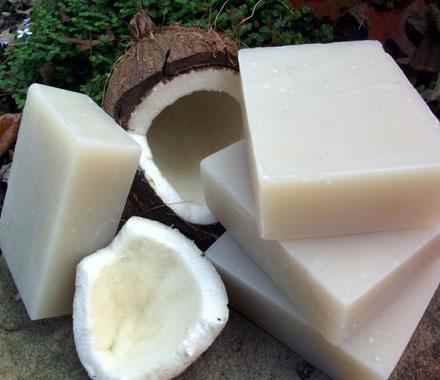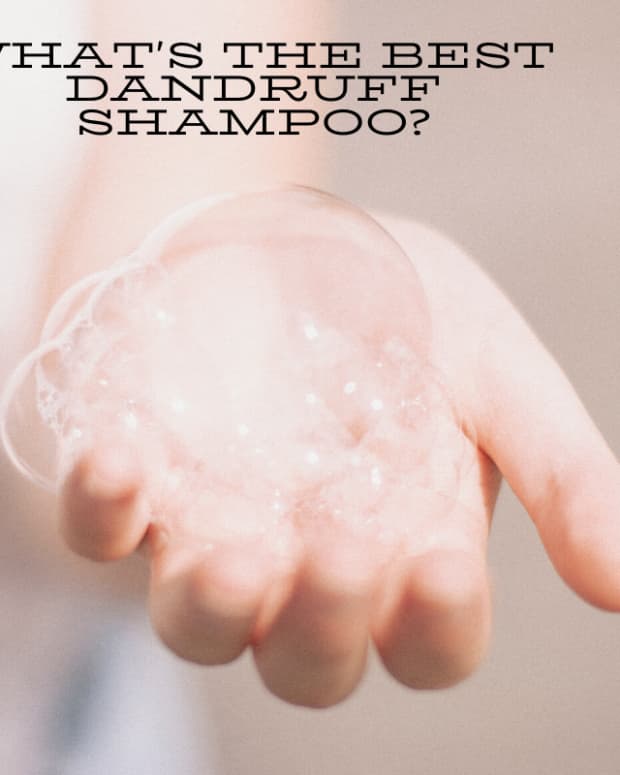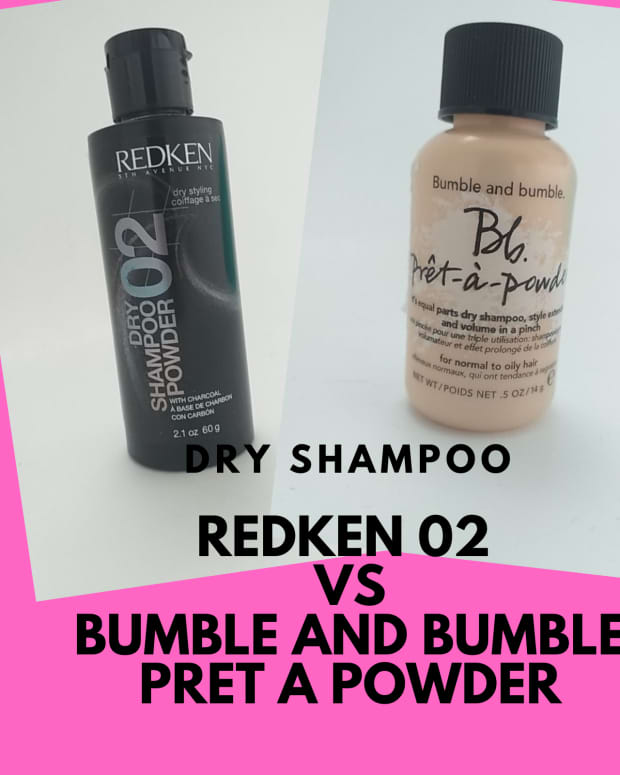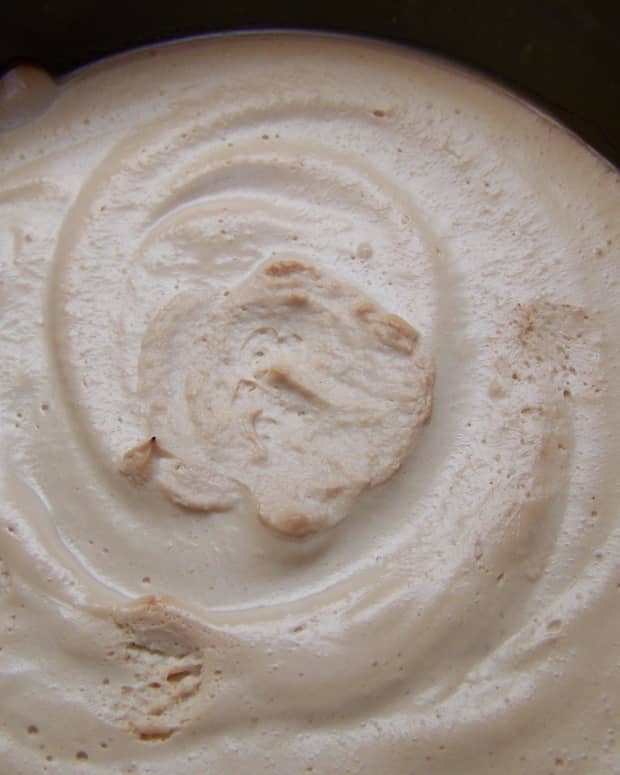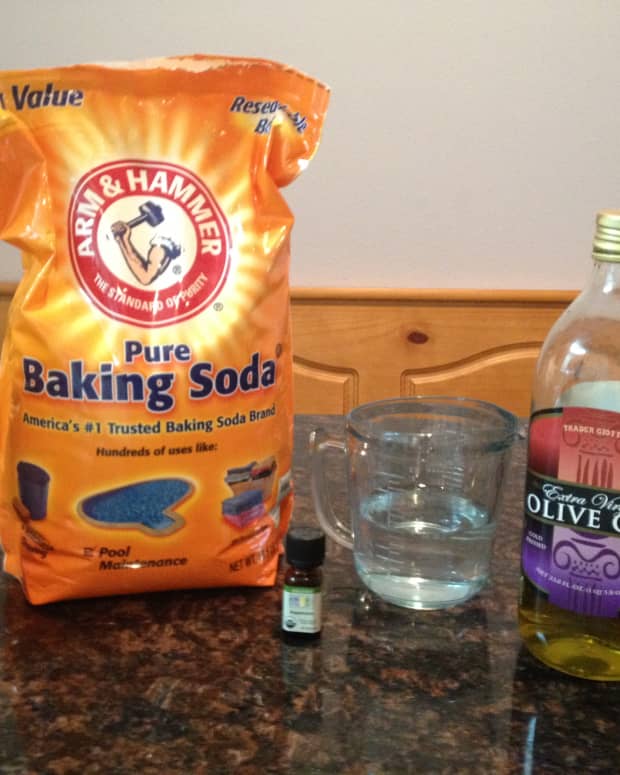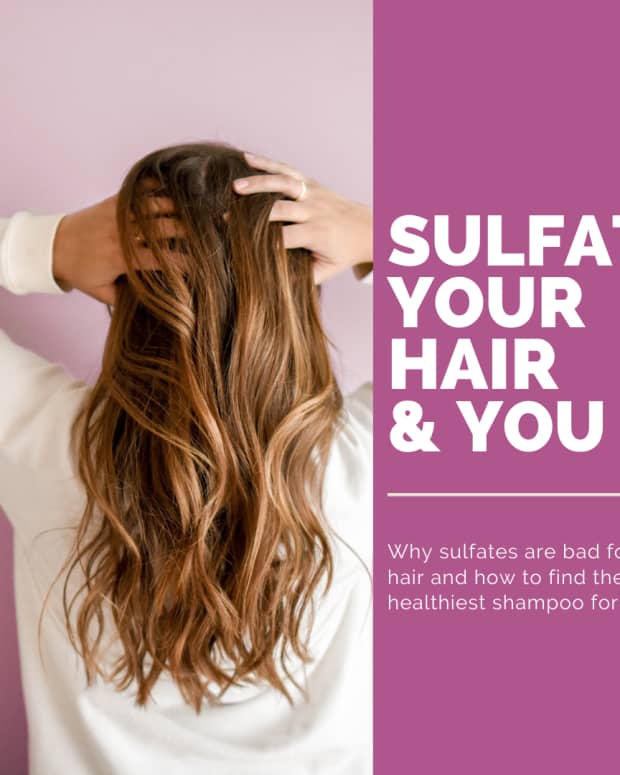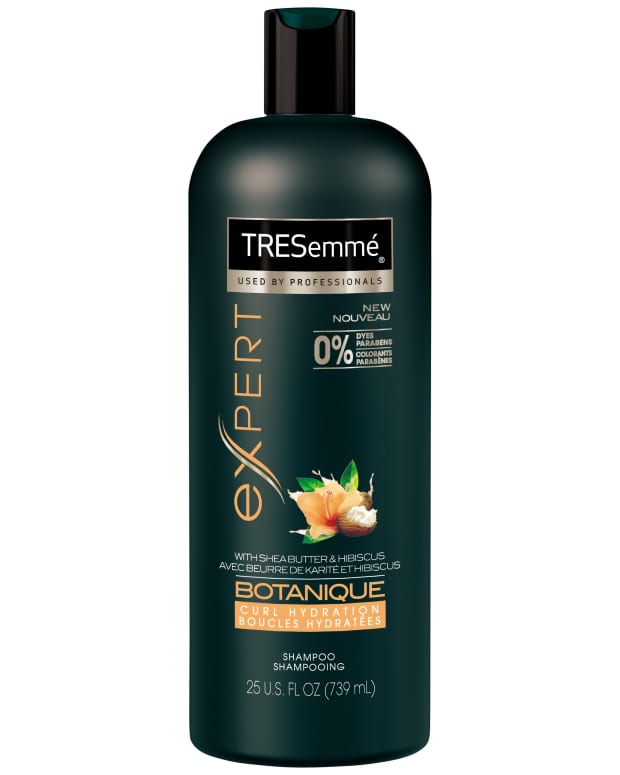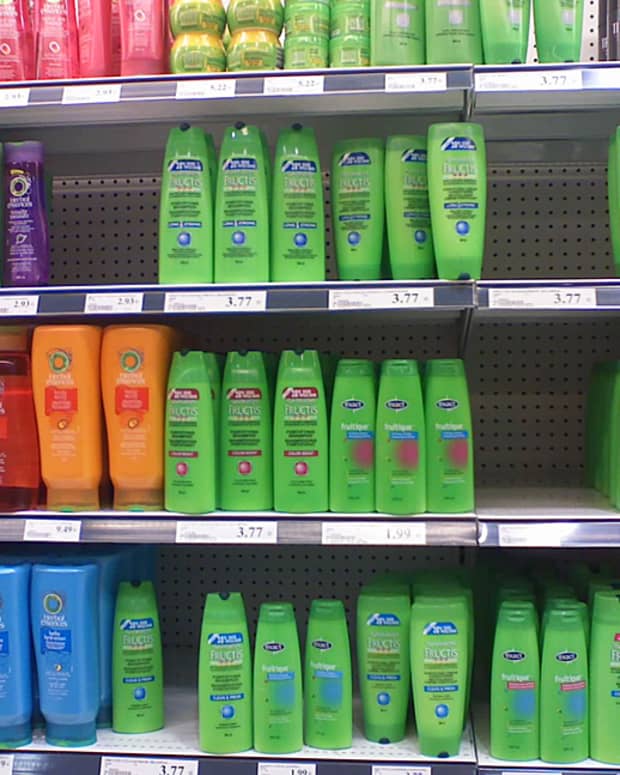Shampoo Bars vs. Bottled Shampoo
Sarah has been pursuing a reduced-waste lifestyle and is constantly finding ways to use organic, low-impact products at little cost.
The Need for Green
These days so many people come forward, whether it be through online blogs, YouTube tutorials, or full-length articles, with new and improved ways to achieve hygiene. This need for refinement when it comes to cleanliness seems to come from two rationales: saving time and reducing the use of materials that are considered harmful to the planet. This sense of responsibility to restore our planet's resources is certainly a welcomed one, what with the slowly rising temperatures of the poles and the growing pollution worldwide.
Some people have gone public about going zero-waste, which is an astounding and honorable lifestyle to lead if one is able to. However, if your current living situation does not allow for this lifestyle change, there is a much easier (and cheaper) way to help the environment while not bludgeoning your wallet or your scalp. What is this method? Shampoo bars!
Why It Matters
As early as the 16th century and as recently as 1914, shampoo and body soap have had the same composition and ingredients in the US. As people migrated to the States, they brought their own methods of washing hair. These included European herb washes, Indian washes with husks and rice, and South American ingredients derived from quinoa. Shampoo solids, however, seemed to have arisen shortly after the "no poo" movement of the 1970s (which is being revamped today), wherein women would only use shampoo to wash their hair once a week and use apple cider vinegar as an alternative on other days.
Shampoo bars differ from bottled shampoo in several ways. But first, let's begin with packaging. Bottled shampoo comes in, well, bottles. Bottles are typically made of plastics, some of which are not recyclable. Bottled shampoo purchased in bulk adds insult to injury by wrapping these plastic bottles in—you guessed it—plastic wrap.
Bars, on the other hand, can be made at home, if desired, with a plethora of recipes to choose from. This eliminates packaging altogether. However, if you are less confident in your shampoo-making skills, purchasing from a trusty vendor is also an option. Typically, bars can be purchased from popular online stores like Amazon.com. They can also be found in specialty shops, herb shops, and boutiques. Ninety-five percent of the time, the bars are packaged in paper or are package-less and can be boxed in cardboard, depending on how much is bought at one time. Both of these materials can be recycled or reused, making shampoo bars an eco-friendly product.
What Is in My Shampoo?
Shampoo bars offer a much healthier approach to hair-washing than commercially bottled shampoos. To begin with, bottled shampoos from most common brands have parabens in their ingredients list. Parabens are meant to prevent bacterial growth in the products themselves. However, in the 1990s, it was determined that they are xenoestrogens, which are essentially synthetic forms of estrogen. They are believed to raise the risk of breast cancer and disrupt reproductive tissues. While this has been debated since then, parabens exist in about 80% of all cosmetic products, and at their mildest, can be an irritant to the skin, especially for those with sensitive skin.
Read More From Bellatory
Secondly, sodium lauryl sulfate (a common insecticide), triclosan (an endocrine disruptor), and polyethylene glycol (a thickener also found in laxatives) all have links, some direct, to cancer and organ toxicity. These are unnecessary for hair care and are very dangerous when used for years on end.
Many popular shampoos also contain something called phenoxyethanol. The FDA has placed warning labels on products that utilize this ingredient, casually stating that it can cause skin irritation, vomiting, and a complete shutdown of the central nervous system. Aside from being extremely alarming, this ingredient is a preservative whose purpose is to assist in maintaining the product's "freshness" while it sits on shelves for weeks or months.
How to Bar
While all of the above seems rather overwhelming, shampoo bars couldn't be simpler. They use natural ingredients like olive and grapeseed oil, meant for moisturizing the hair and promoting growth. They also use coconut oil, jojoba oil, rosemary oil (other natural moisturizers and scalp soothers), and essential oils for fragrance. In a process called saponification, the oils are heated and triglycerides are added, releasing glycerol (a natural thickener) among other things. They are placed in molds to cool afterward, and voila! The shampoo bar is born! Just rub on your scalp, lather, and rinse!
Note that some shampoo bars use many natural moisturizers, so the need for conditioner may be eliminated. This varies depending on hair and skin type. The above description of saponification is not a complete list of steps. If you are attempting to make shampoo bars at home, please consult a certified herbalist. Handle hot ingredients with caution and always wear protective gear for the eyes and hands.
In Conclusion
It is the decision of the consumer whether to put certain products on their bodies, on their skin, and in their hair. Given the significant risks that bottled shampoo seems to carry, the general populous should definitely consider alternative, greener options that not only benefit their long-term health and well-being but the well-being of the planet in general. Just because a method is outdated or less common does not mean that it is not effective. Zero waste, zero risks, and due to the amount of moisturizers, maybe even zero conditioner? Looks like a three-for-three!
This content is accurate and true to the best of the author’s knowledge and is not meant to substitute for formal and individualized advice from a qualified professional.

